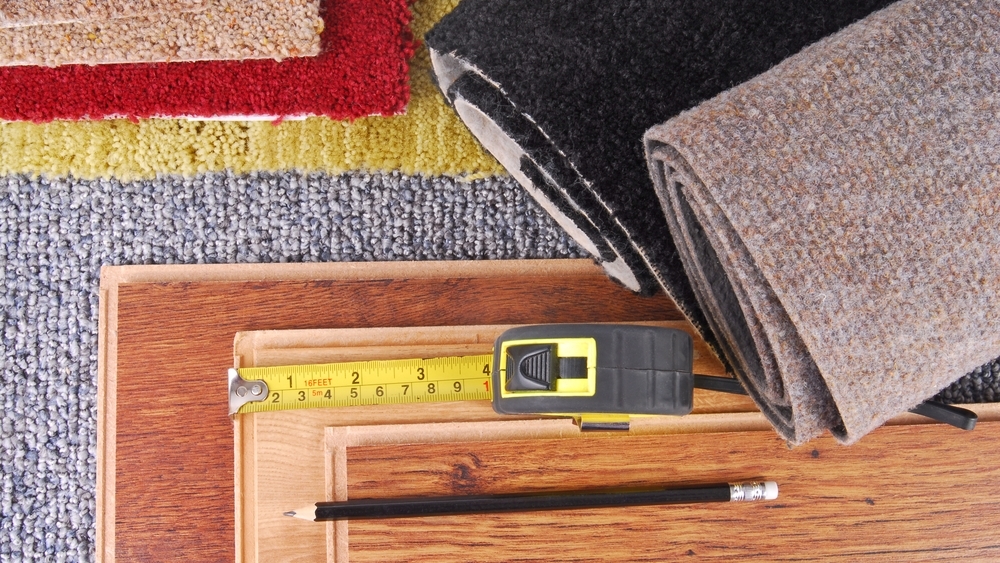Whether you are building a new house or updating an existing one, beautiful floors are fundamental for a warm, inviting home. Over the years, flooring choices have expanded dramatically, making the process a little overwhelming. Here’s a helpful guide.
Wood flooring. We’ll start with arguably the best value and the most popular category. Over the last couple of decades solid wood flooring has skyrocketed in popularity and for good reason. The rich luster of quality wood flooring gives a warm look to a home. It can be used anywhere in a house. While at its best in common areas such as the living room, kitchen and hallways, it’s also attractive in bedrooms. Wood is less desirable in laundry rooms and basements where it can receive more abuse.
The best woods to use are those resistant to scratching and those offering attractive wood grain patterns. Oak, maple and hickory are good choices. Just because these hardwoods are scratch resistant does not mean they are scratch proof, however. After many years of use, most floors must be sanded and refinished. Rarely would a homeowner have to think about total replacement. Protect them further by placing felt pads under furniture legs. A word of caution to dog owners: Large breeds will scratch your hardwood floors. For cleaning, use a product made specifically for hardwoods. Expect to pay more for quality wood floors than most other choices.
Engineered wood flooring. Engineered wood flooring is a composite product; each segment is layered similar to plywood with a veneer of finished wood on top. Engineered wood offers similar aesthetic beauty to solid wood, but at a more affordable price. Engineered wood can be a better choice for basements and laundry rooms. One downside with engineered wood is that it can only be sanded and refinished once because of the thin veneer top. Cleaning is similar to solid wood floors.
Laminate. Laminate flooring is a synthetic product that gives you the look of wood, but with the advantages of being less expensive and less prone to scratching. It also resists fading in places where sunlight shines through windows. Laminate can be noisy to walk on or when things get dropped on it. Talk to the sales representative about having padding installed underneath.
Stone flooring. Along with solid wood, stone floors are the most luxurious and rich in appearance. Both add value to a home. It is an expensive choice for both the materials and the installation. Unlike ceramic tile, stone is one solid piece all the way through. Stone floors never lose their appeal. Different types of stone provide their own beauty depending on the look you want, such as granite, marble, travertine and slate. Stone can be scratched and the repair can be expensive. Stone surfaces need to be resealed periodically as part of regular maintenance. Never use strong cleaning chemicals on stone.
Tile. Ceramic and porcelain tile have been around for thousands of years. They are the least expensive of the hard surface flooring choices. There is an almost endless supply of colors and patterns. If one tile gets damaged it’s fairly inexpensive to replace. Ceramic and porcelain tile are the easiest of all tiles to clean, but the grout lines between tiles can discolor over time. Sealing is highly recommended.
One product that has become popular lately is tile that is made to look like wood flooring, combining the beauty of wood appearance with the tough durability of tile.
Carpet. There’s almost always a place for carpet in a home, typically in bedrooms and on stairs. It comes in a variety of weaves, colors and textures, keeping a room warm during cold months and muting noise. On the downside, it can stain and harbor allergens. It must periodically be professionally cleaned.
Vinyl. For a flooring choice that is inexpensive and best for basements and laundry rooms, vinyl is the not so glamorous pick for many. There are an unlimited number of colors and patterns, and installation is easy.


